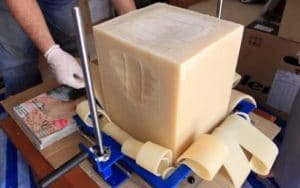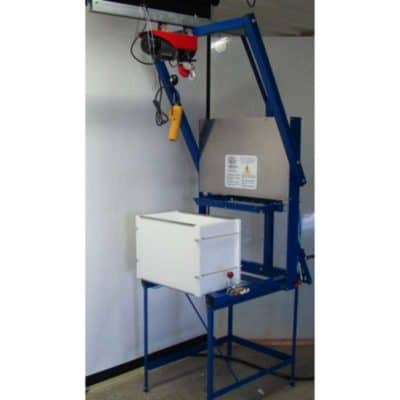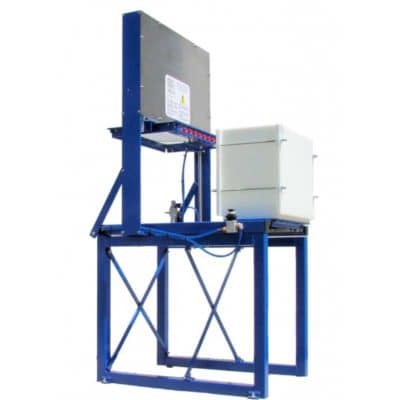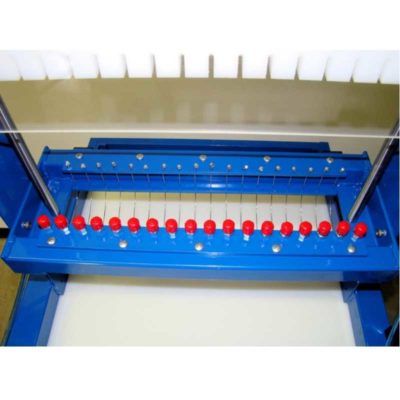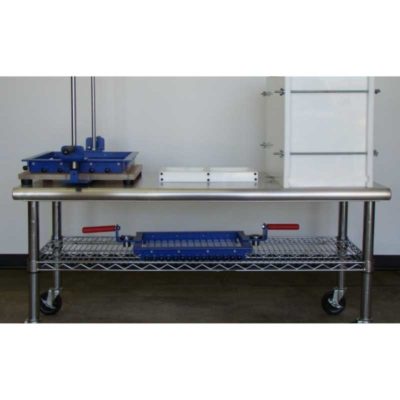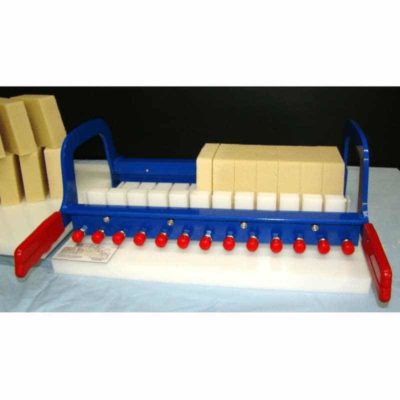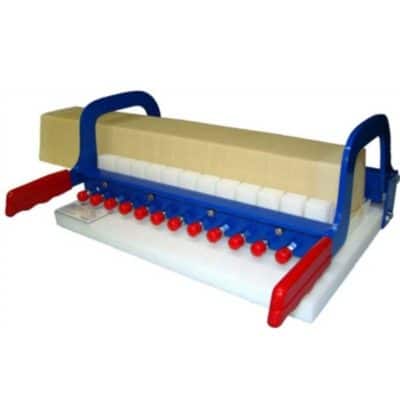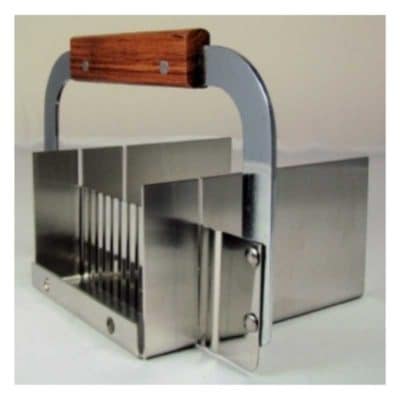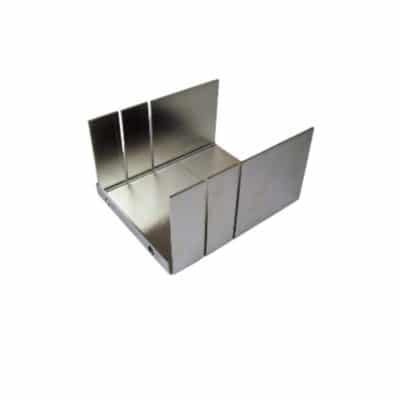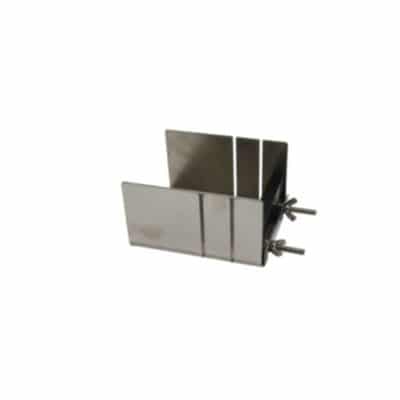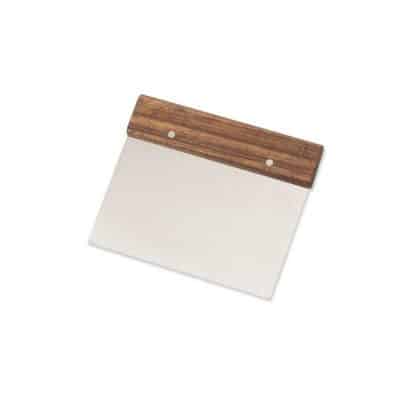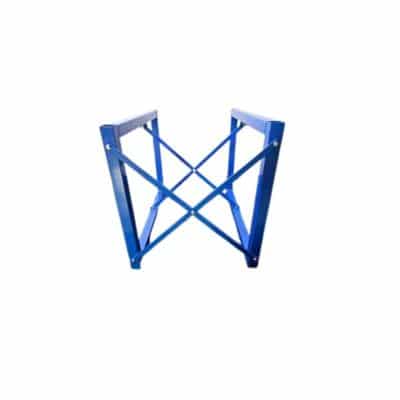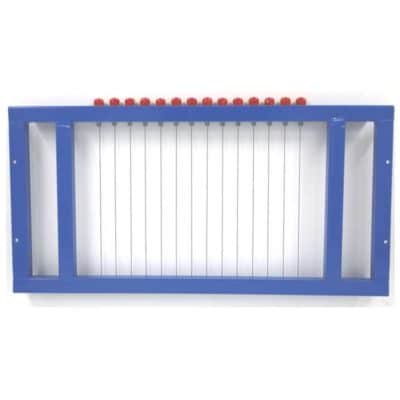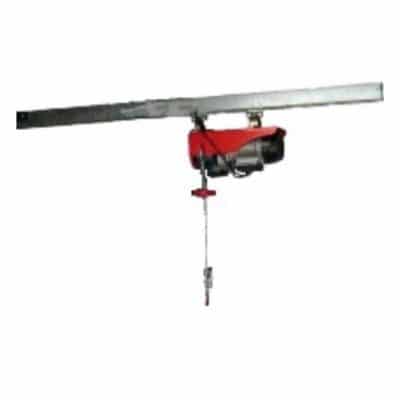Too hard can mean two things.
If your soap is completely hard, inside and out, this means you need to cut your soap earlier. You can keep shortening your cutting time until you can’t shorten it anymore because the soap on the inside is still in the gel phase.
If the outside of the soap is hard, but the inside is still soft, your soap is still in the gel phase. Try insulating your mold to keep the heat in the soap. A lack of insulation leads to heat loss, slowing down the gel phase internally while the outside of the soap hardens from environmental exposure. We also recommend keeping your mold off of cold floors or walls, which will suck the heat away from your soap.
If your soap is a bit too hard to cut, try misting the top of your soap with water and placing a piece of wax paper or food wrap on top to keep the moisture in. Wait an hour or two for the moisture to absorb. If your soap isn’t too far gone, this method will help soften the soap enough to cut.
Room Temperature: Cure and cut the soap in a room 72°F (22°C) or higher. If the room is too cold, the outside will harden before the inside has solidified, leading to a soap block you can’t cut.
If your soap is still too hard, then you should look at your recipe and water discount.
Recipe and ingredients will also play an important role. If you have a hard recipe, you will need to cut your soap earlier. Oils such as palm, shea butter, Cocoa butter and tallow will make your soap hard, as will additives like oats, clay, herbs, steric acid and beeswax. For very hard recipes, we recommend cutting your first batch as soon as possible then adjusting your cutting times accordinly based on results.
Water discounts will help you shorten curing and drying times but can also make soap harder to cut. The larger the mold, the bigger the chemical reaction, which means more heat and water dissipation. If you’re new to large block molds, make your first batch without a water discount to see how your formula reacts in a large mold, and add a water discount from there.
Water discounts are great and necessary when scaling your business so as not to have potential revenue sitting on your shelves. However, not taking the time to learn your formula with larger equipment can cost you hundreds of dollars when the soap doesn’t turn out because there isn’t enough water or too many additives for the batch size. Once you nail down your process, feel free to add water discounts or “harder” ingredients to lower your curing time and reduce your Work in Progress (WIP) (see our article “How to Scale Your Soap Making Business” for more details).

